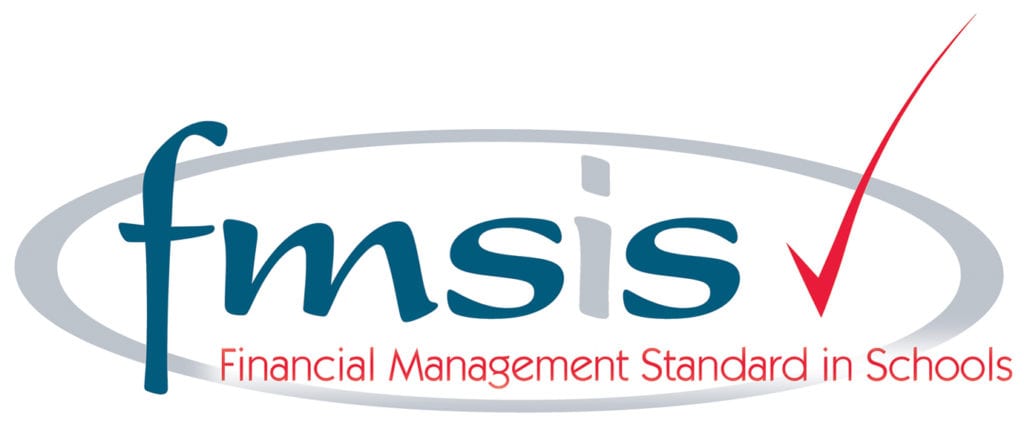Key Stage 1 – Year 1
The principal focus of mathematics teaching in Key Stage 1 is to ensure that pupils develop confidence and mental fluency with whole numbers, counting and place value. This should involve working with numerals, words and the four operations, including with practical resources (for example concrete objects and measuring tools).
At this stage, pupils should develop their ability to recognise, describe, draw, compare and sort different shapes and use the related vocabulary. Teaching should also involve using a range of measures to describe and compare different quantities such as length, mass, capacity/volume, time and money.
By the end of Year 2, pupils should know the number bonds to 20 and be precise in using and understanding place value.
An emphasis on practice at this early stage will aid fluency.
Pupils should read and spell mathematical vocabulary, at a level consistent with their increasing word reading and spelling knowledge at Key Stage.
Year 1, Statutory Requirements: Number and Place Value.
Pupils should be taught to:
- Count to and across 100, forwards and backwards, beginning with 0 or 1, or from any given number
- Count, read and write numbers to 100 in numerals; count in multiples of twos, fives and tens
- Given a number, identify one more and one less
- Identify and represent numbers using objects and pictorial representations including the number line, and use the
- Language of: equal to, more than, less than (fewer), most, least
- Read and write numbers from 1 to 20 in numerals and words.
Year 1, Statutory Requirements: Addition and Subtraction
Pupils should be taught to:
- Read, write and interpret mathematical statements involving addition (+), subtraction (–) and equals (=) signs
- Represent and use number bonds and related subtraction facts within 20
- Add and subtract one-digit and two-digit numbers to 20, including zero
- Solve one-step problems that involve addition and subtraction, using concrete objects and pictorial representations, and missing number problems such as
7 = ? – 9.
Year 1, Statutory Requirements: Multiplication and Division
Pupils should be taught to:
- Solve one-step problems involving multiplication and division, by calculating the answer using concrete objects, pictorial representations and arrays with the support of the teacher.
Year 1, Statutory Requirements: Fractions
Pupils should be taught to:
- Recognise, find and name a half as one of two equal parts of an object, shape or quantity
- Recognise, find and name a quarter as one of four equal parts of an object, shape or quantity.
Year 1, Statutory Requirements: Measurement
Pupils should be taught to:
- Compare, describe and solve practical problems for:
- Lengths and heights [for example, long/short, longer/shorter, tall/short, double/half]
- Mass/weight [for example, heavy/light, heavier than, lighter than]
- Capacity and volume [for example, full/empty, more than, less than, half, half full, quarter]
- Time [for example, quicker, slower, earlier, later]
- Measure and begin to record the following:
- Lengths and heights
- Mass/weight
- Capacity and volume
- Time (hours, minutes, seconds)
- Recognise and know the value of different denominations of coins and notes
- Sequence events in chronological order using language [for example, before and after, next, first, today,
- Yesterday, tomorrow, morning, afternoon and evening]
- Recognise and use language relating to dates, including days of the week, weeks, months and years
- Tell the time to the hour and half past the hour and draw the hands on a clock face to show these times.
Year 1, Statutory Requirements: Geometry – Properties of Shape
Pupils should be taught to:
- Recognise and name common 2-D and 3-D shapes, including:
- 2-D shapes [for example, rectangles (including squares), circles and triangles]
- 3-D shapes [for example, cuboids (including cubes), pyramids and spheres].
Year 1, Statutory Requirements: Geometry position and direction
Pupils should be taught to:
- Describe position, direction and movement, including whole, half, quarter and three-quarter turns.







